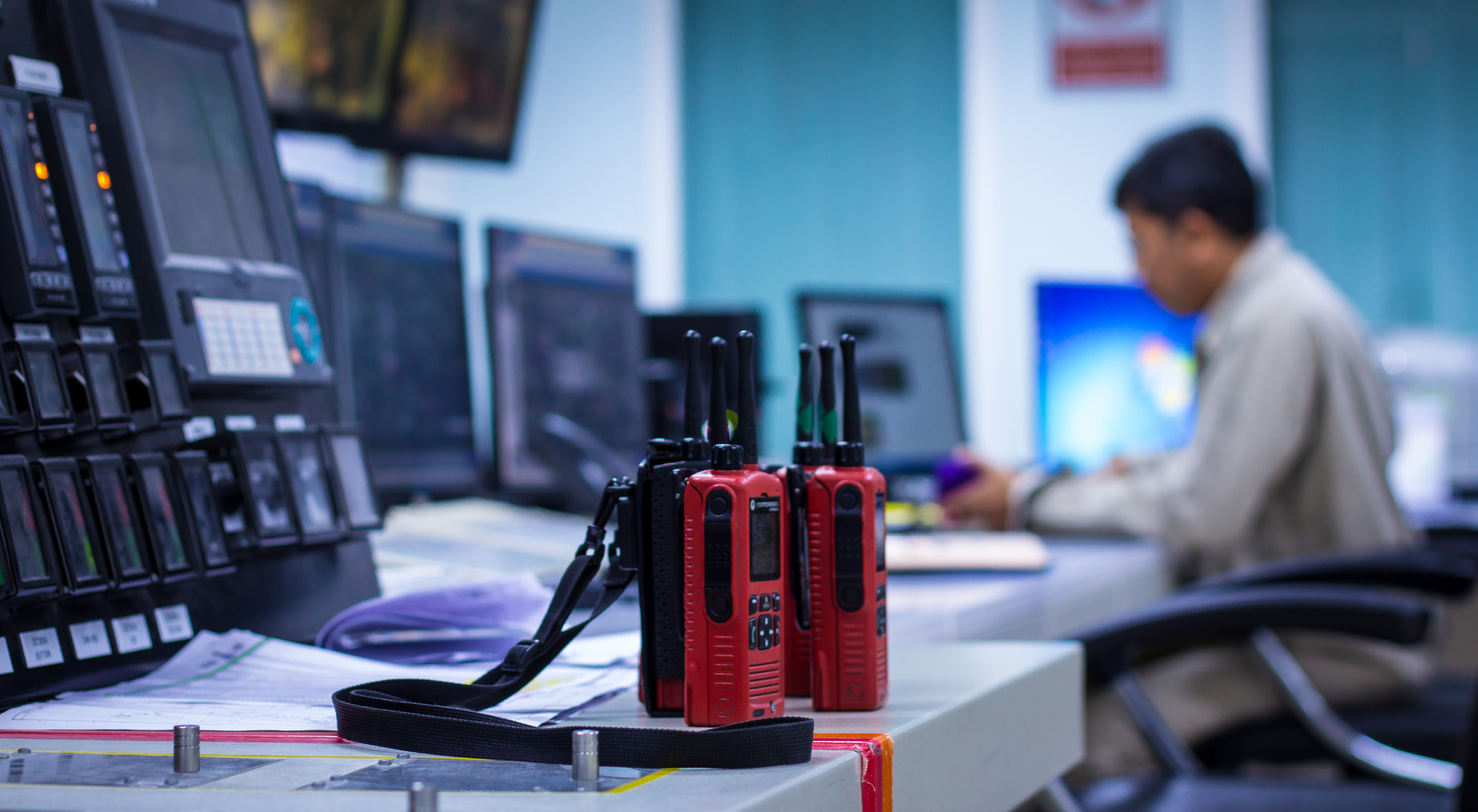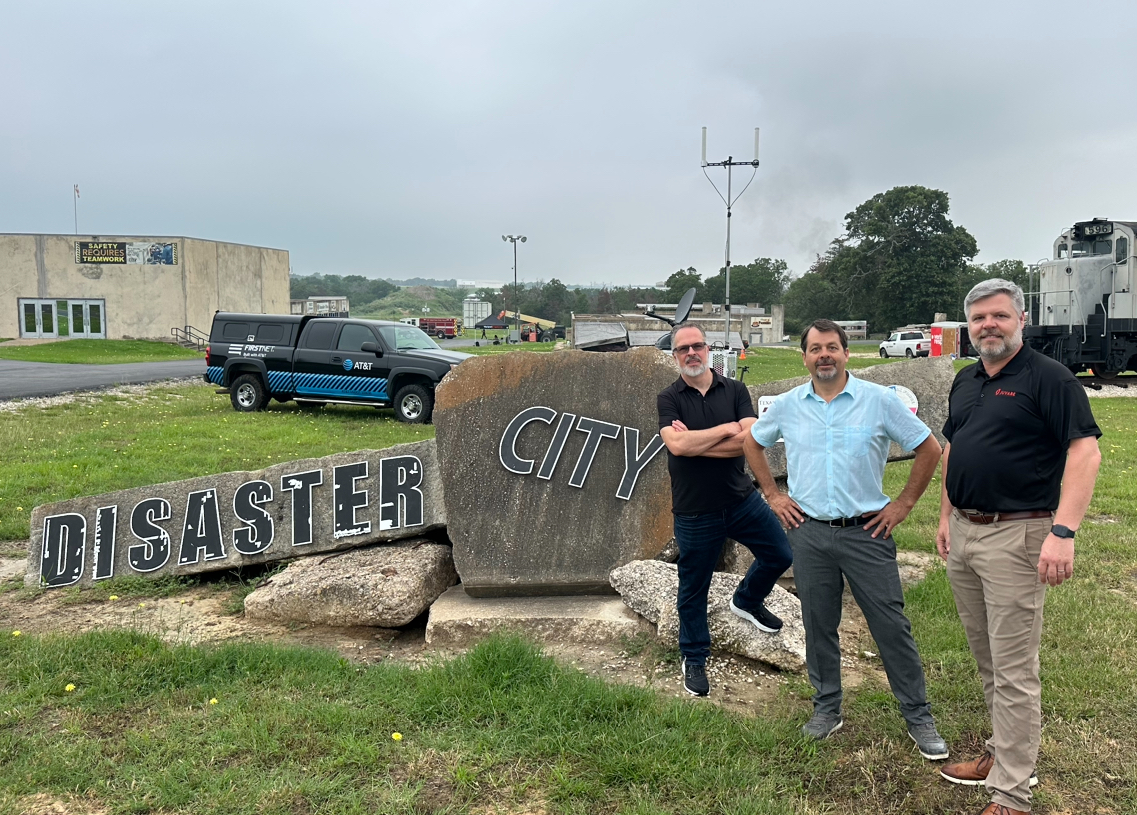
Understanding the 2024 Health Cyberattack Landscape: Securing Our Healthcare Systems
Understanding the 2024 Health Cyberattack Landscape Recent cyberattacks have underscored the critical need for robust cybersecurity measures in the healthcare sector. In early May 2024,




